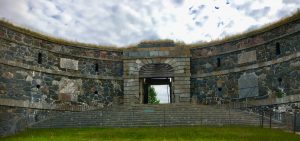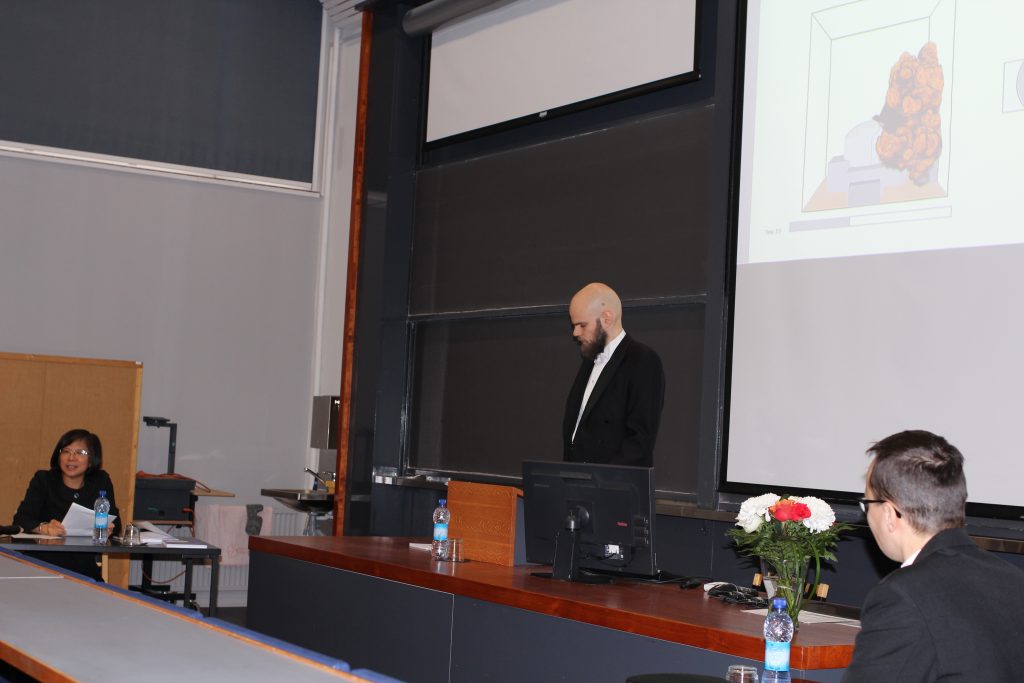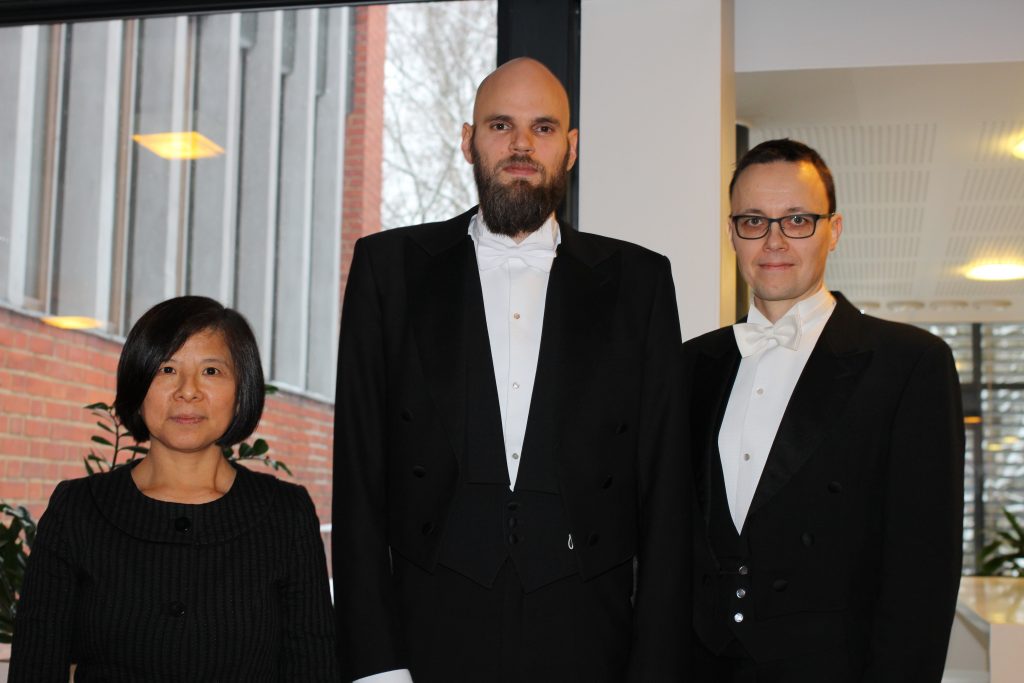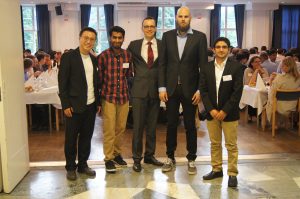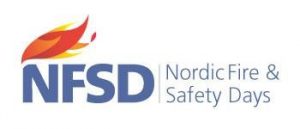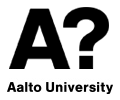Cooking or stove -originated fires are a significant group of residential fires. These fires start from a stove or a cooktop if it is left on alone, food is left on a hot pan for a long time or if there are other, flammable materials too close the high-temperature parts. Different technologies are already available to avoid such ignitions, including the stove guards that cut off the voltage when they detect a possible ignition. Although such technologies can be very efficient, I have started to think if the kitchen fires could be reduced with some other means. Could we prevent fires from igniting in the first place? Or could we improve safety without extra investment?
The importance of the stove fires is evident. According to the Finnish fire statistics of 2011-15 [1], the yearly count of building fires was 5760 in average, leading to 73 fire deaths and 124 M EUR direct economic losses annually. About 1000 (17 %) fires originated from cooking and 700 (12 %) from electrical appliances. In fire deaths, the shares of these two origins were 8.2 % and 7.4 %, respectively. On top of these, we have the ‘unknown’ category in each statistics.
So what technological change could make the change? Let’s have an analogy: When I started to work in fire research at the end of 1990’s, televisions were one of the most important ignition sources. A lot of effort was put in developing fire-safe televisions, mainly by using fire retardant polymers. Interestingly, about the time when the fire retardant polymers fully came into market, TV-technology changed from cathode ray tubes to flat screens, and televisions practically disappeared from fire ignition statistics. Natural evolution of the market removed the problem. Could we see similar evolution in stoves?
Based on my personal experience, induction heating -based stoves can make the difference. Instead of first heating the stove and relying on heat conduction to heat up the cooking pans or pots, an alternating magnetic field is used to create magnetic hysteresis and electrical current in the pan, which then heats up due to the resistance. The fire safety benefit is obvious because the amount of high temperature surfaces is reduced.

The yearly number of sold cooktops and kitchen stoves in Finland is about 168,000. In 2016, about 50,000 (30 %) of them were based on the induction technology [2]. The share of induction -based appliances is much higher in integrated cooktops (65 %) than in floor-standing stoves (10 %), but their shares are gradually increasing in both stove types.
To estimate the potential safety impact, we must compare the rate of stove renewals to the total population. At the end of 2015, there were 2,600,000 occupied dwellings in Finland, 45 % of them being in the blocks of flats [3]. Assuming that the floor-standing stoves are installed in flats, the share of induction stoves in these dwellings will increase only by 1 % each year. Also assuming that the integrated cooktops are installed in the other dwelling types, we can estimate that about 3 % of dwellings will have a new induction cooktop each year. If the share of the induction cooktops and stoves does not increase significantly, the possible safety benefit cannot be reached within the next 30 years. The impact will smallest in the low-investment housing, such as rental buildings. On the other hand, that’s where the cities and municipalities have the greatest power to influence.
I think this topic needs more research to investigate the potential safety improvement. First of all, we should understand the physics of stove ignitions and the difference between thermal conditions typical for different stove technologies. Second, we should estimate the potential for natural and enforced market shares, as well as policy making. When the money is tight, we should utilize the possibility.
References
- Pelastustoimen taskutilasto 2011-2015. Pelastusopiston julkaisu, D-sarja: Muut 4/2016. 2. painos. http://info.smedu.fi/kirjasto/Sarja_D/D4_2016.pdf
- Elektroniikan Tukkukauppiaat ry (ETK), www.etkry.com and www.gotech.fi. Visited December 2, 2016.
- Official Statistics of Finland (OSF): Dwellings and housing conditions [e-publication].
ISSN=1798-6761. Overview 2015, 1. Dwelling stock 2015 . Helsinki: Statistics Finland [referred: 10.4.2017].
Posted by Simo Hostikka





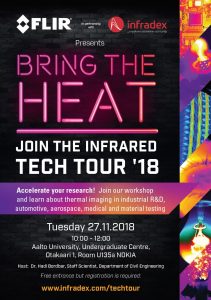


 Thermal bridge around a window
Thermal bridge around a window





